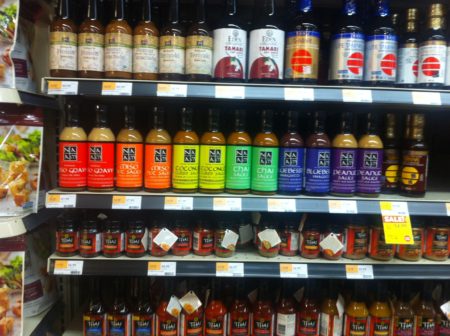Walking around Toronto, every day I see people searching through domestic recycling bins and municipal recycling containers looking for alcohol containers which they can return for the deposit at the Beer Store. It generally strikes me as a massive waste of human labour.
The deposit system (which also exists for non-alcoholic drink containers, but which I think pays less for them) exists to discourage people from throwing away recyclable glass and aluminium containers. I do not, however, see any benefit for them being recycled through the Beer Store rather than the municipal recycling system. When people put beer cans and bottles, wine bottles, and liquor bottles into the municipal recycling system, I presume they are recycled just as effectively, and the deposits people paid put a little extra profit in the hand of liquor sellers who then don’t need to refund it.
It seems quite wasteful that people with the energy and motivation to spend their days looking for these bottles don’t put their effort toward something that actually adds value to society. It’s a weird distortion created by the deposit system that it’s possible to earn money this way. Perhaps it’s the sort of thing a basic minimum income would discourage, or perhaps keep undertaking this pointless but personally remunerative activity regardless.
The National Post and Globe & Mail have both reported on the phenomenon: Living on empties: City’s bottle-collectors say their hard work pays off — in cash; The secret lives of Toronto’s Chinese bottle ladies




